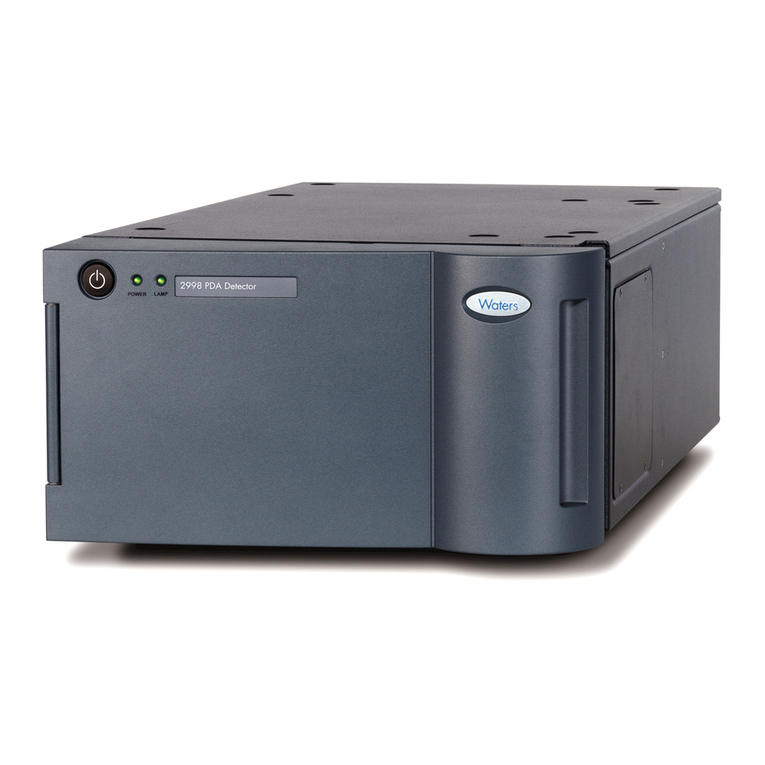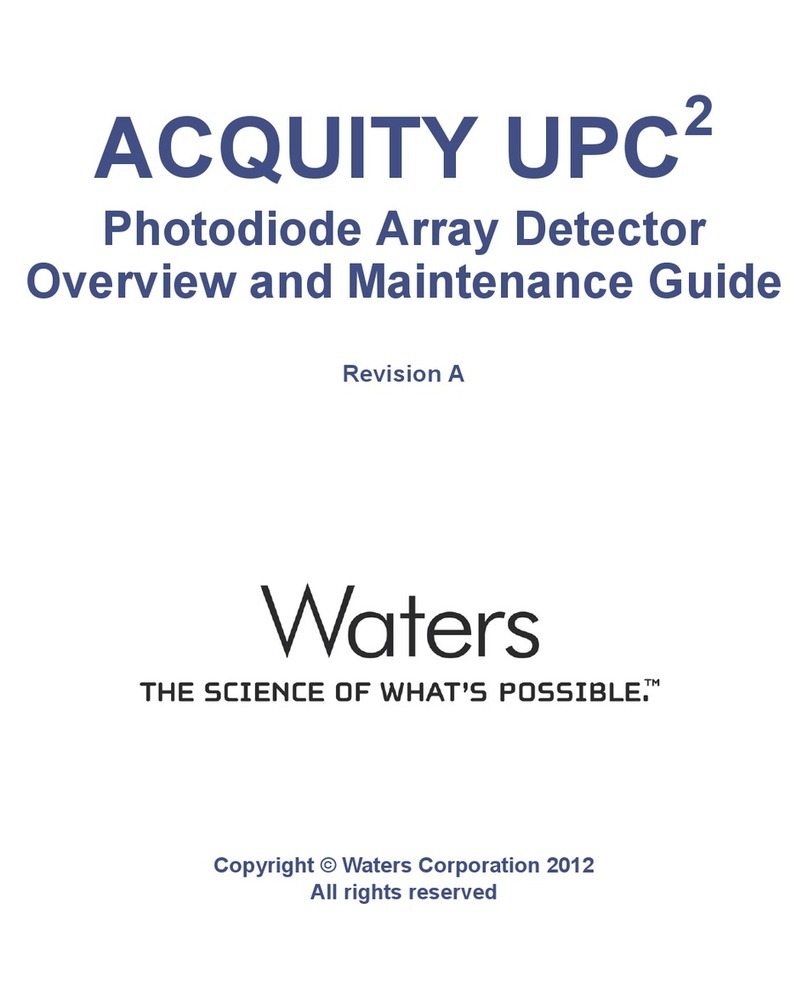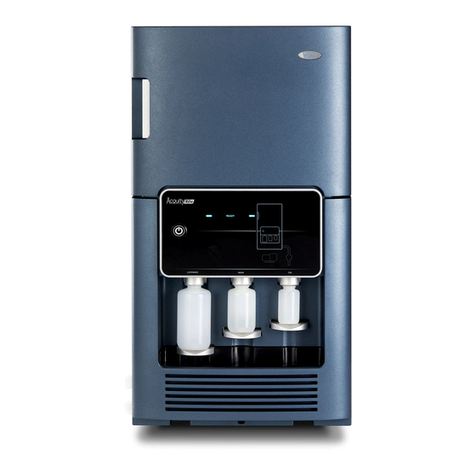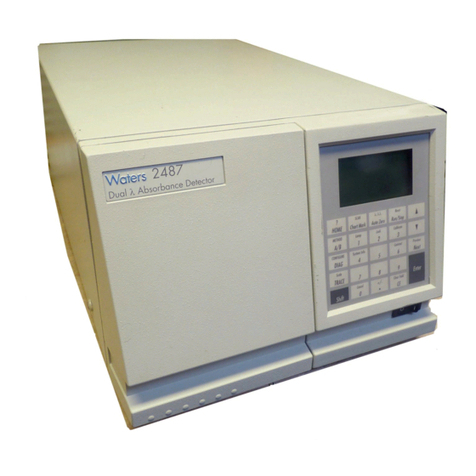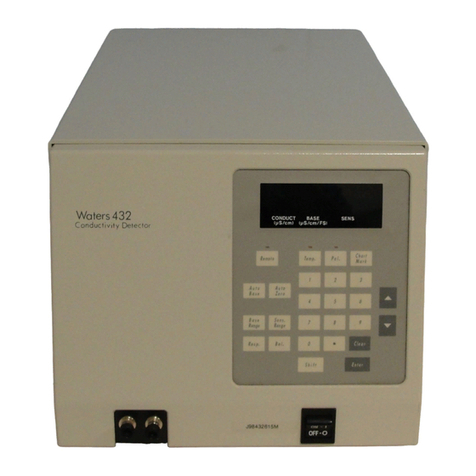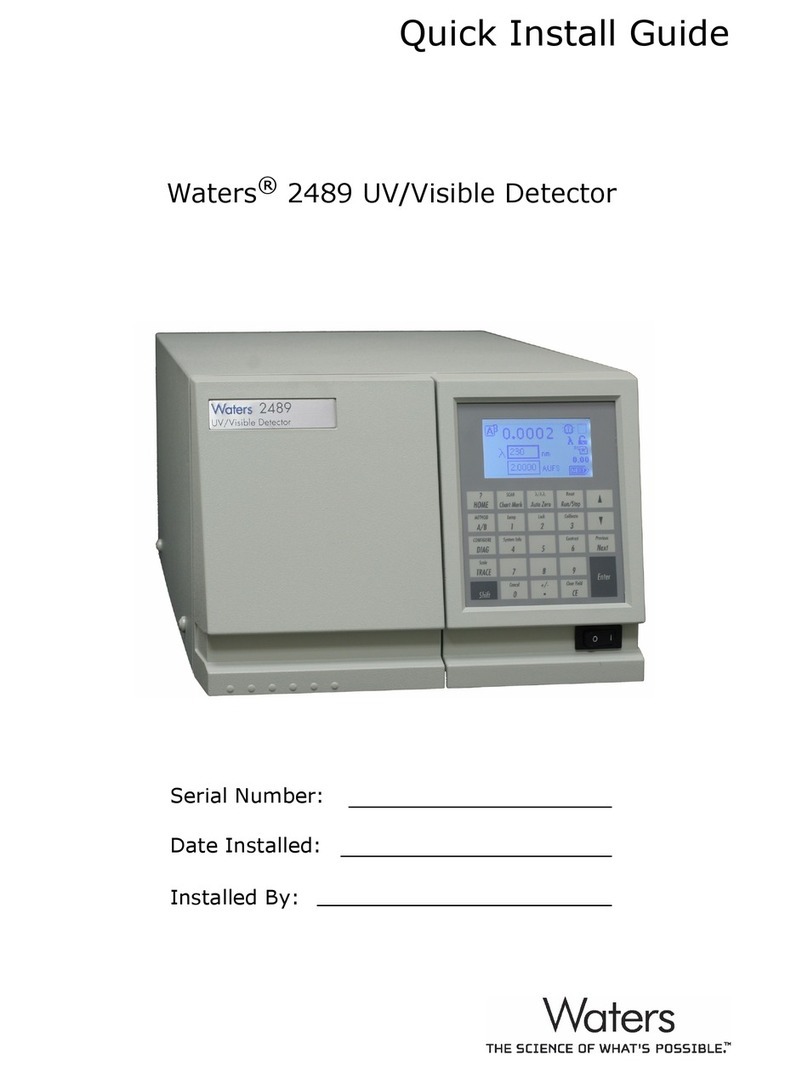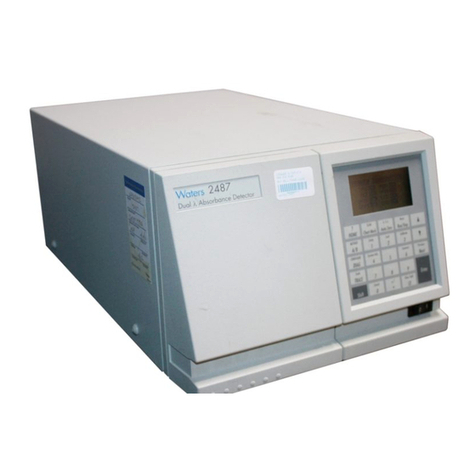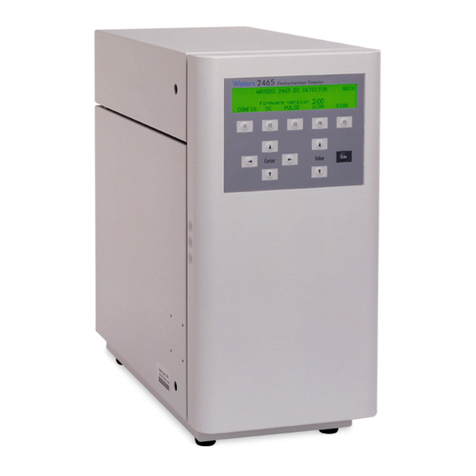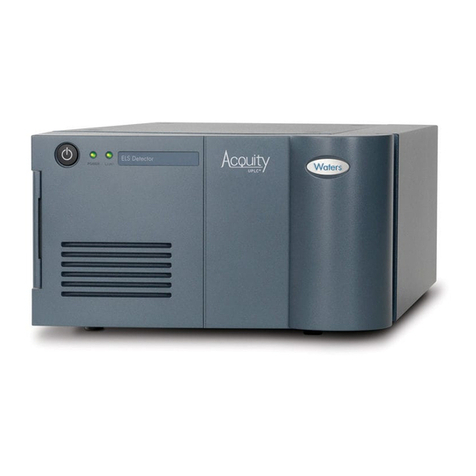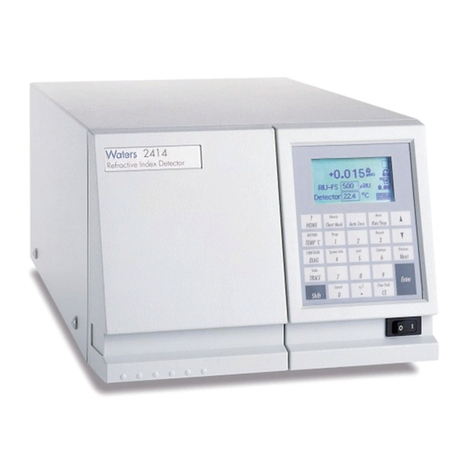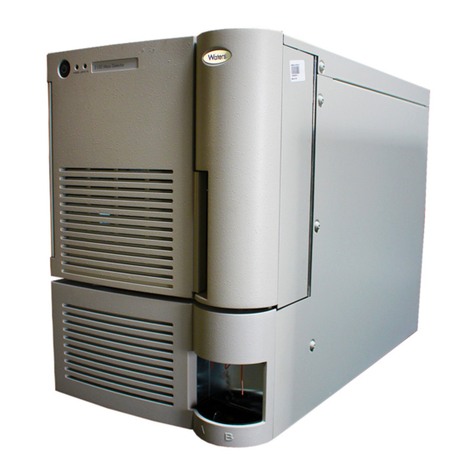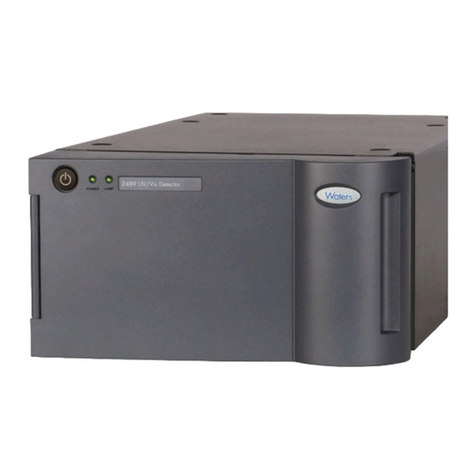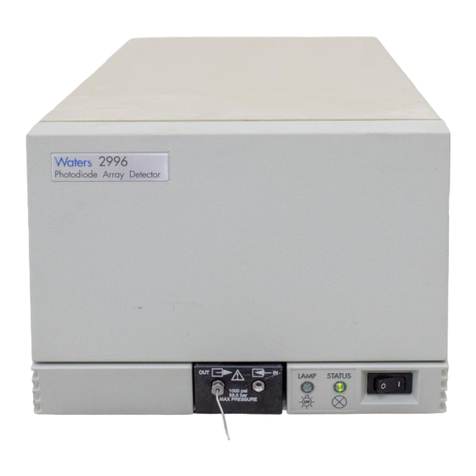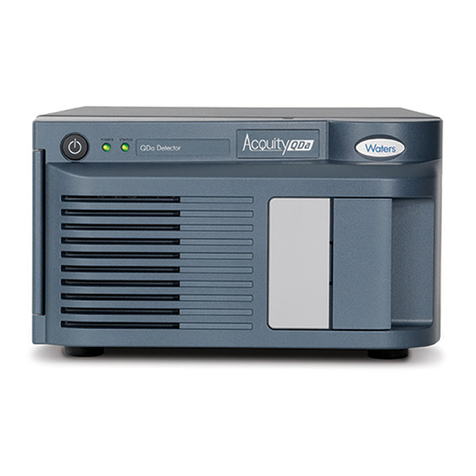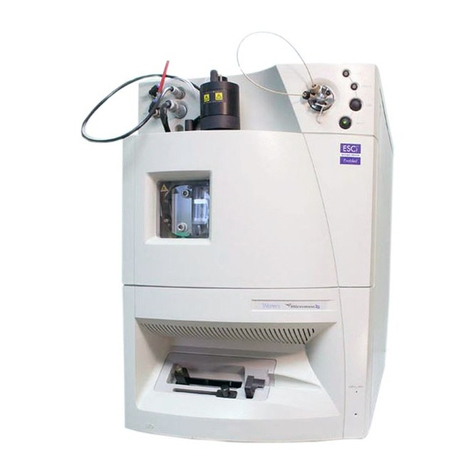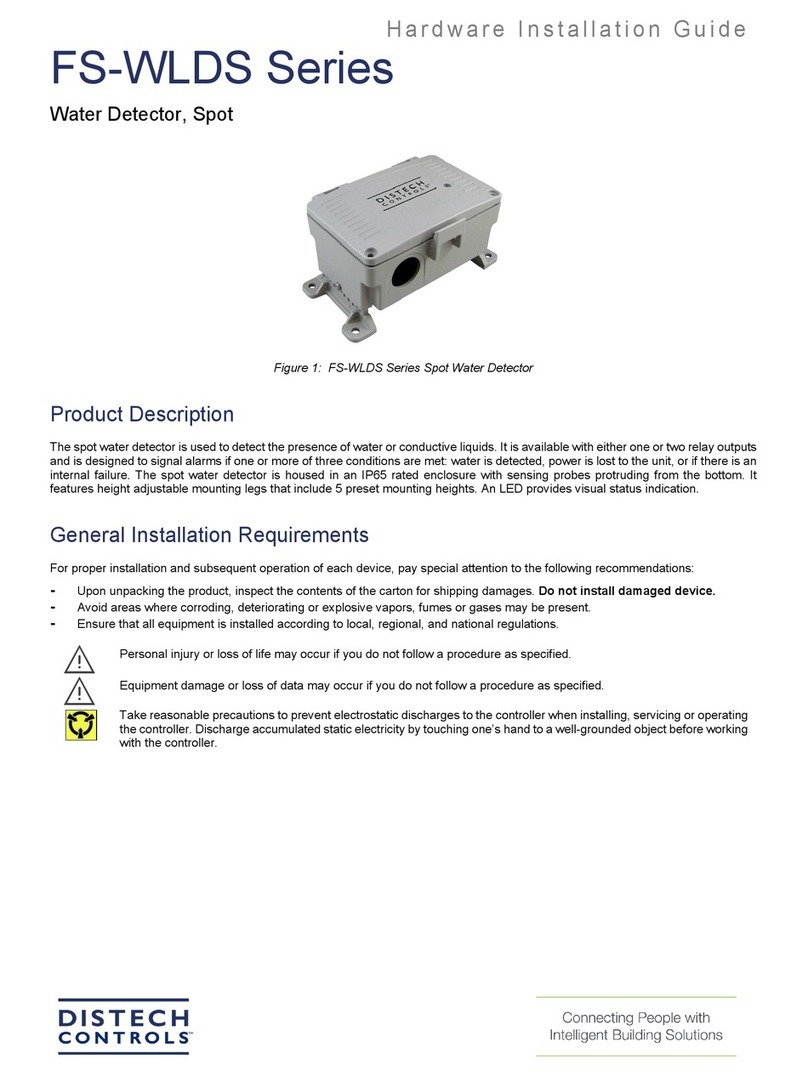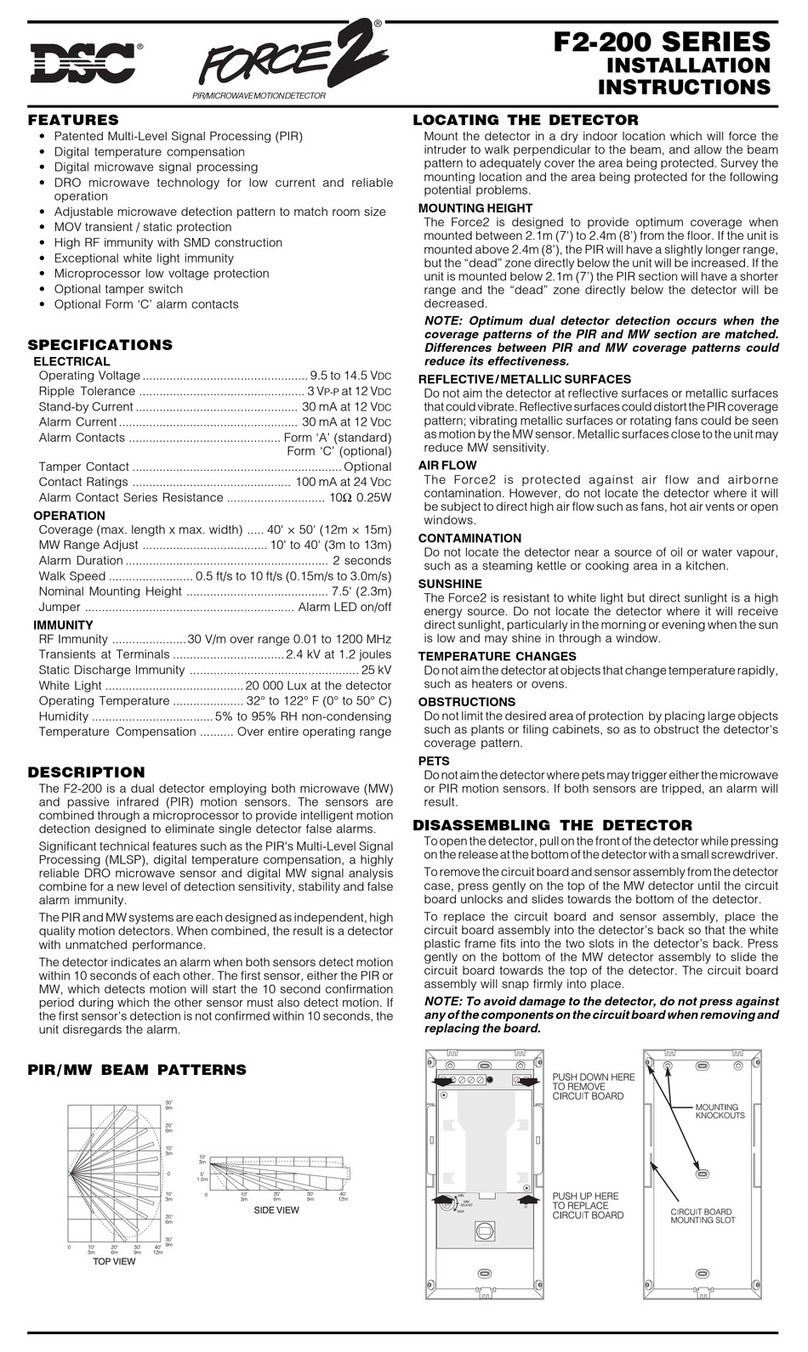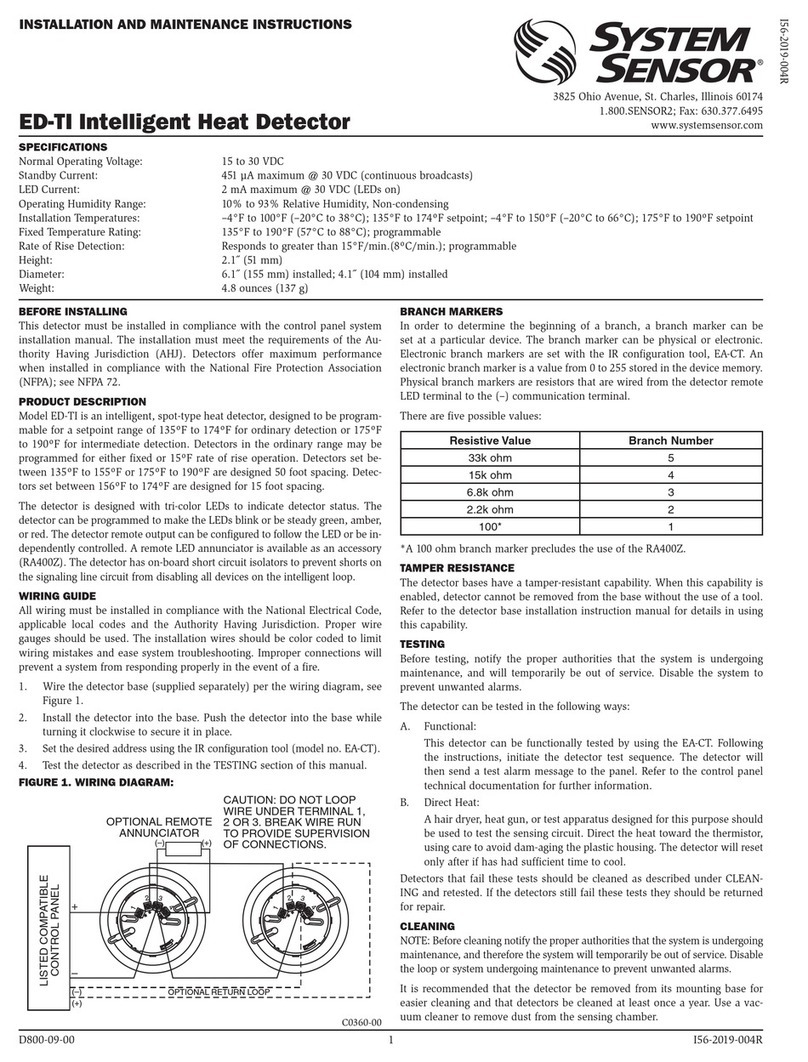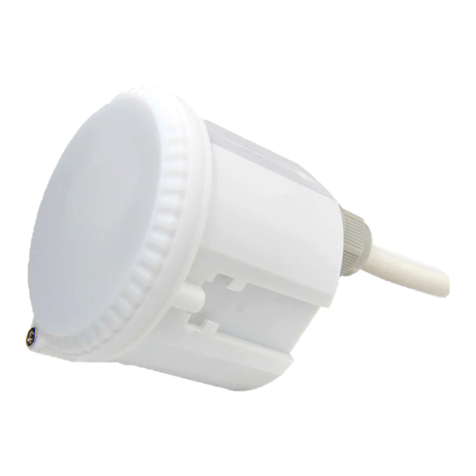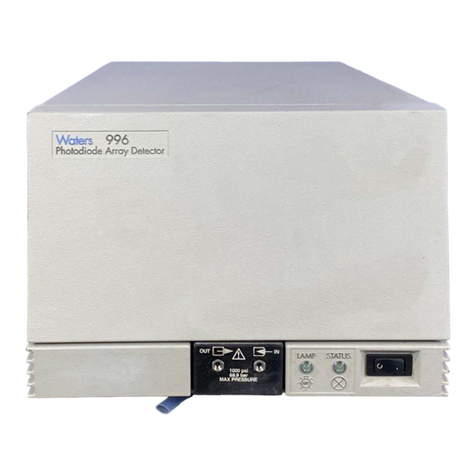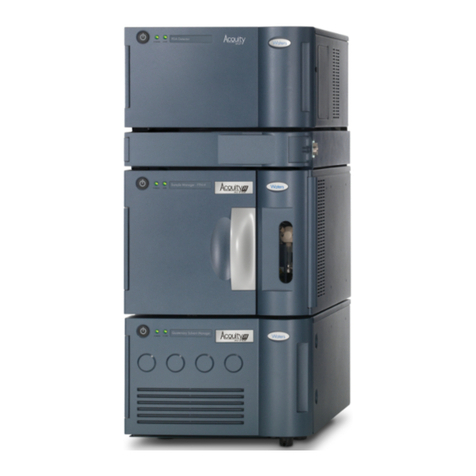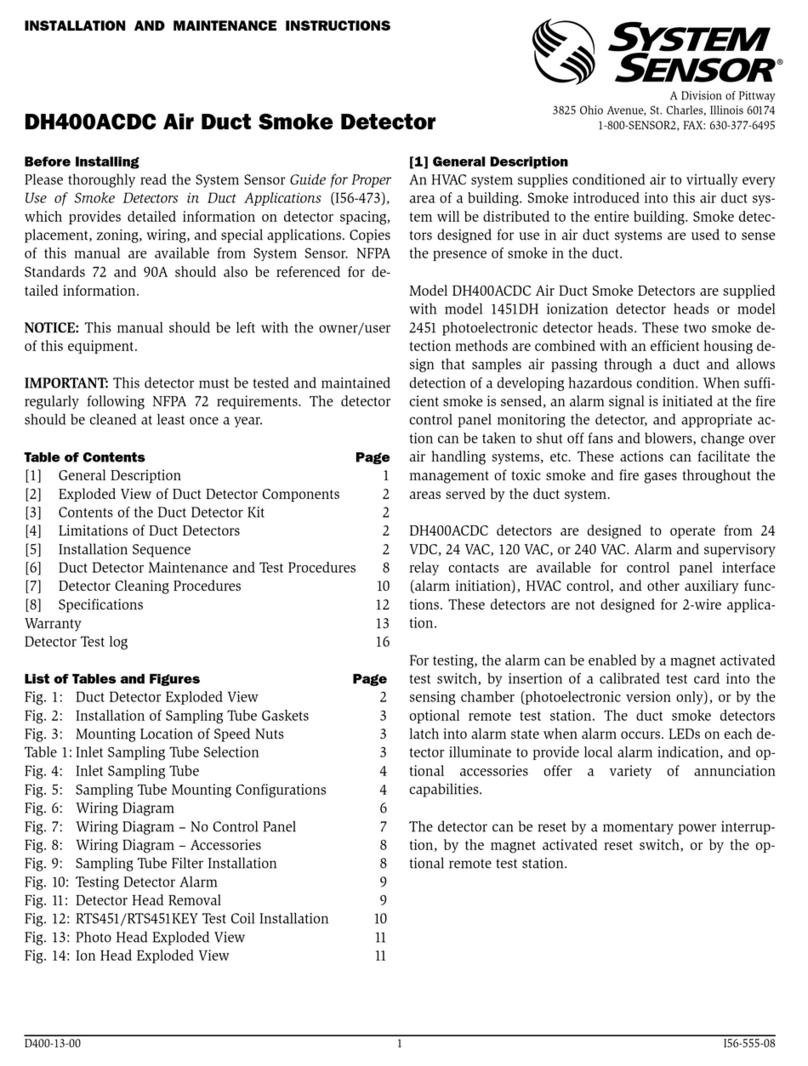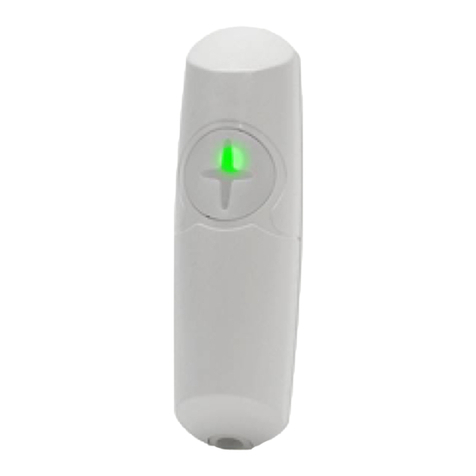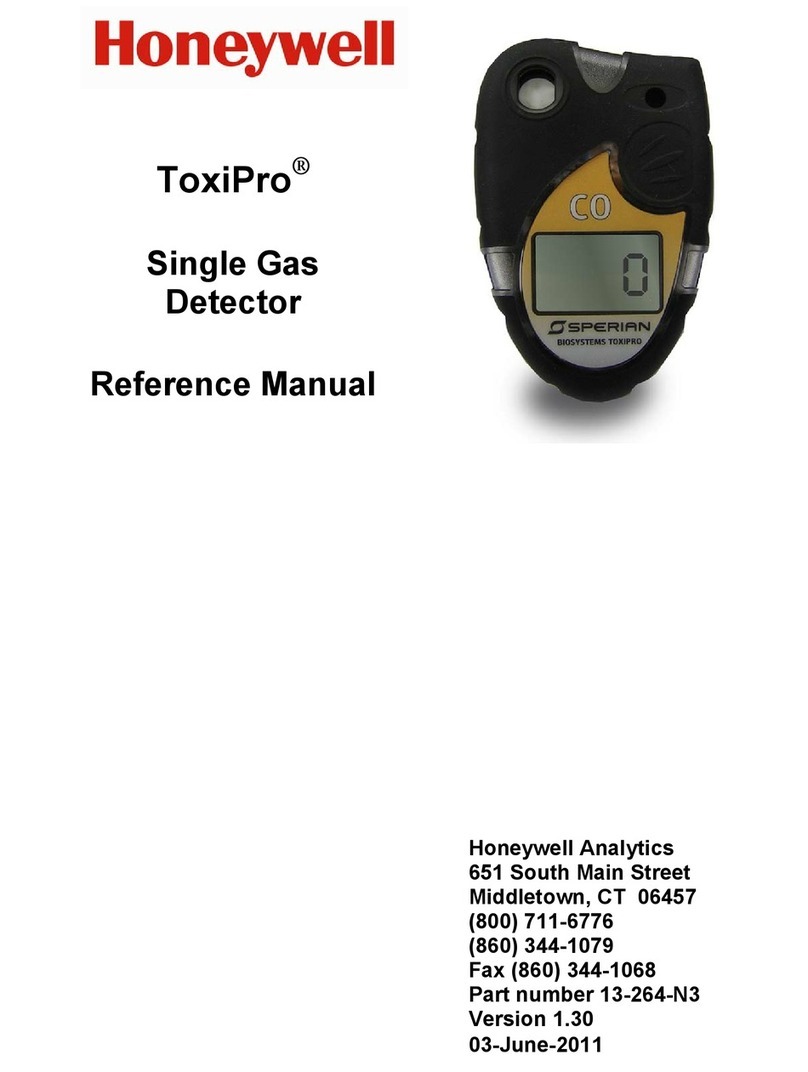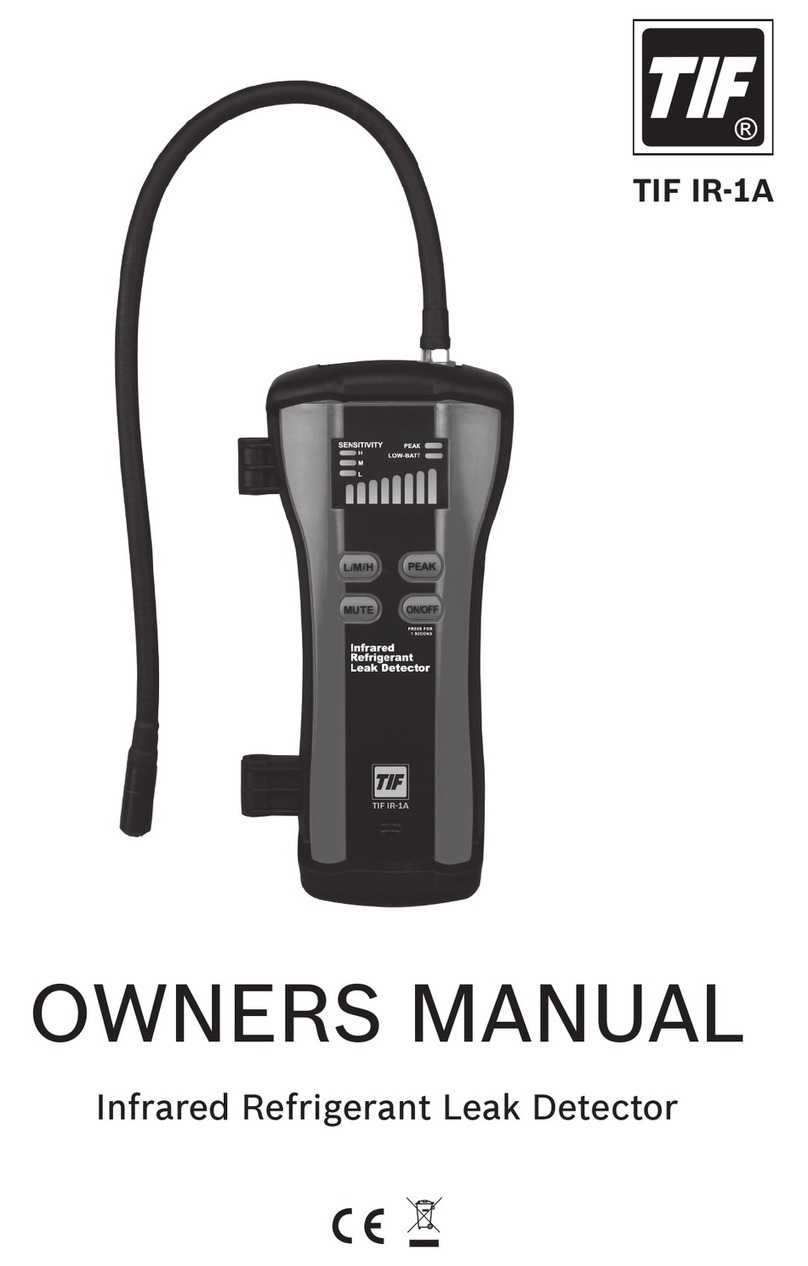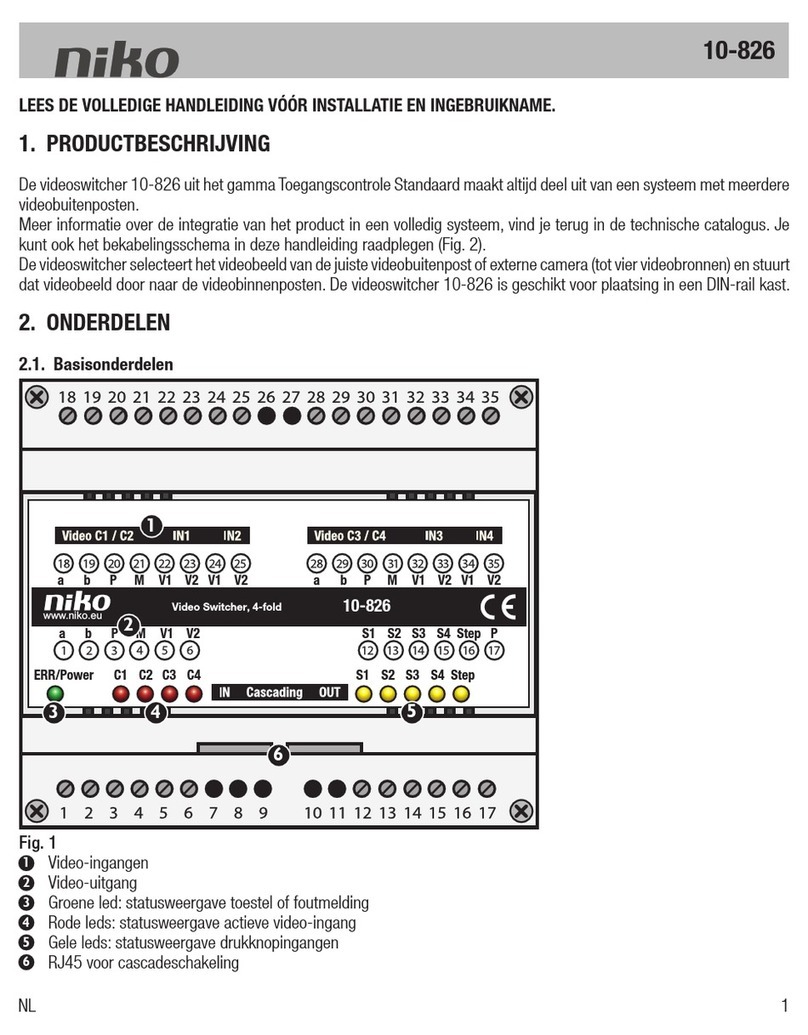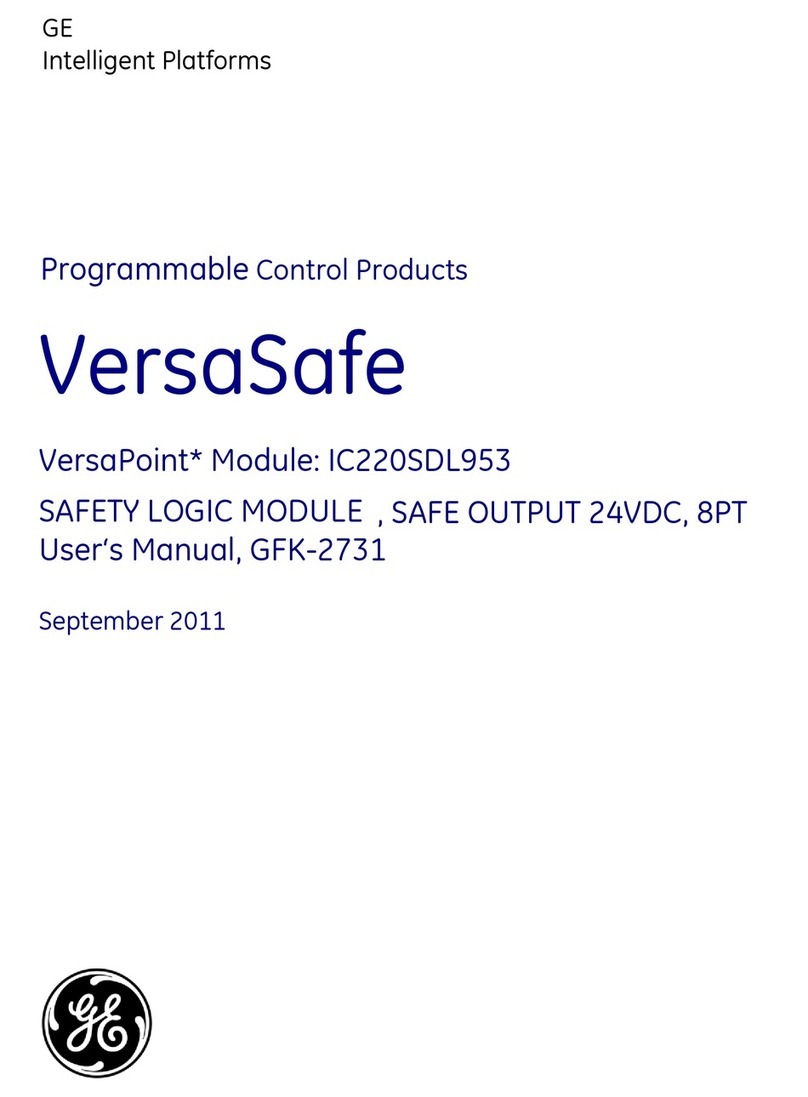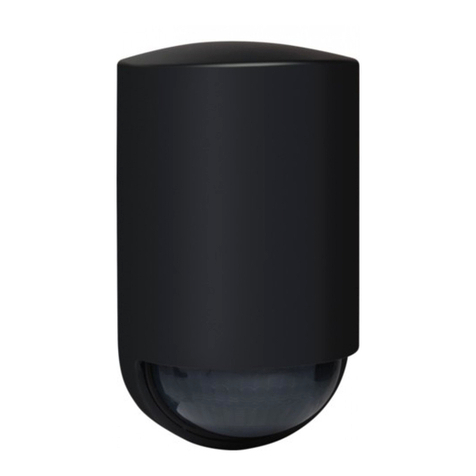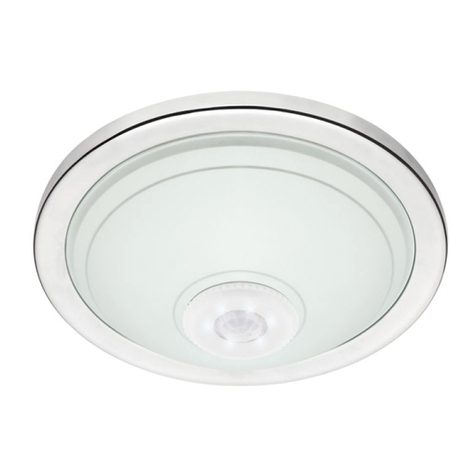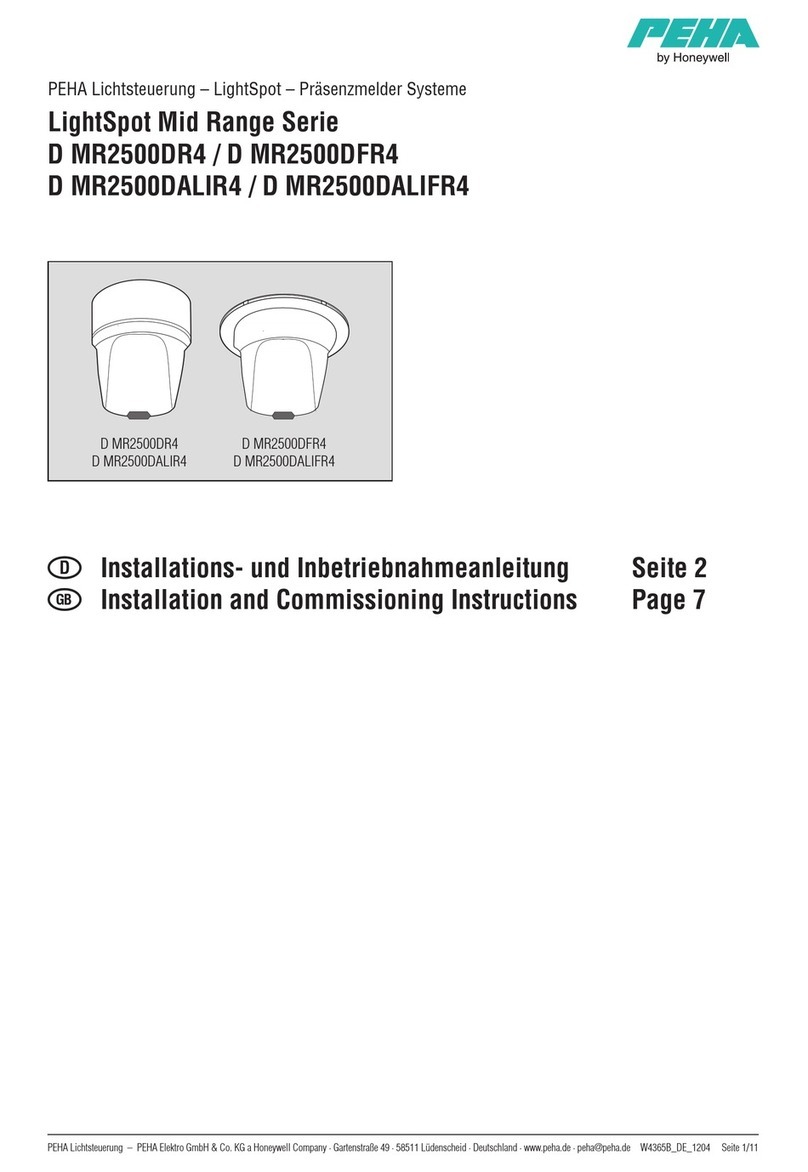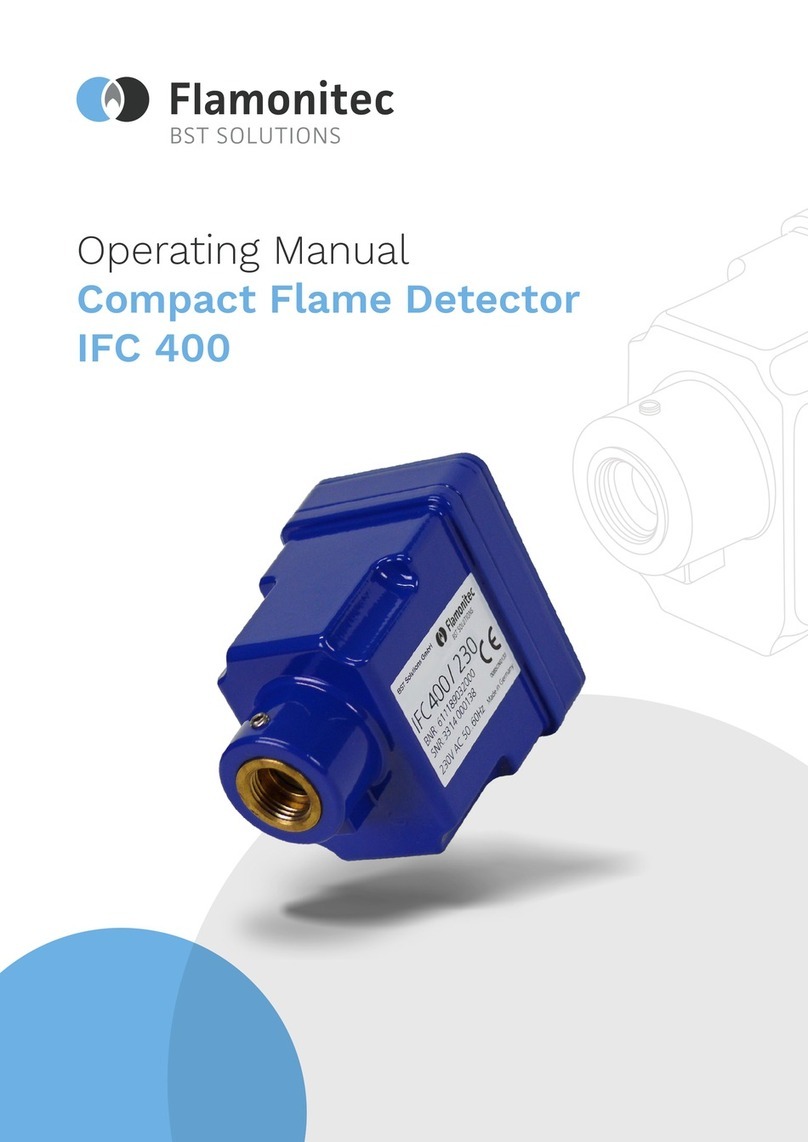
xii Table of Contents
Ion optics ............................................................................................................. 1-9
MS operating modes ....................................................................................... 1-10
MS/MS operating modes ................................................................................ 1-11
Product (daughter) ion mode......................................................................... 1-11
Precursor (parent) ion mode......................................................................... 1-12
Multiple reaction monitoring mode .............................................................. 1-12
Constant neutral loss mode........................................................................... 1-13
Sample inlet ...................................................................................................... 1-14
Vacuum system ................................................................................................ 1-14
Rear panel ......................................................................................................... 1-15
IntelliStart fluidics system overview ......................................................... 1-16
IntelliStart fluidics system operation ........................................................ 1-17
Operating the IntelliStart fluidics system from the ACQUITY UPLC
Console ..................................................................................................... 1-17
Operating the IntelliStart fluidics system from the Tune window............. 1-18
Programming the MS method to operate the IntelliStart fluidics system. 1-18
2 Preparing the Waters TQ Detector for Operation ......................... 2-1
Starting the TQ Detector ................................................................................. 2-2
Configuring IntelliStart................................................................................... 2-6
Verifying the instrument’s state of readiness................................................ 2-6
Tuning and calibration information ............................................................... 2-6
Running the TQ Detector at high flow rates.................................................. 2-7
Monitoring the TQ Detector LEDs.................................................................. 2-8
Preparing the IntelliStart fluidics system .................................................. 2-9
Installing the solvent manifold drip tray....................................................... 2-9
Installing the reservoir bottles...................................................................... 2-10
Diverter valve positions................................................................................. 2-11
Purging the infusion syringe......................................................................... 2-13
Rebooting the TQ Detector ........................................................................... 2-14
Rebooting the TQ Detector by pressing the reset button ............................ 2-14




















